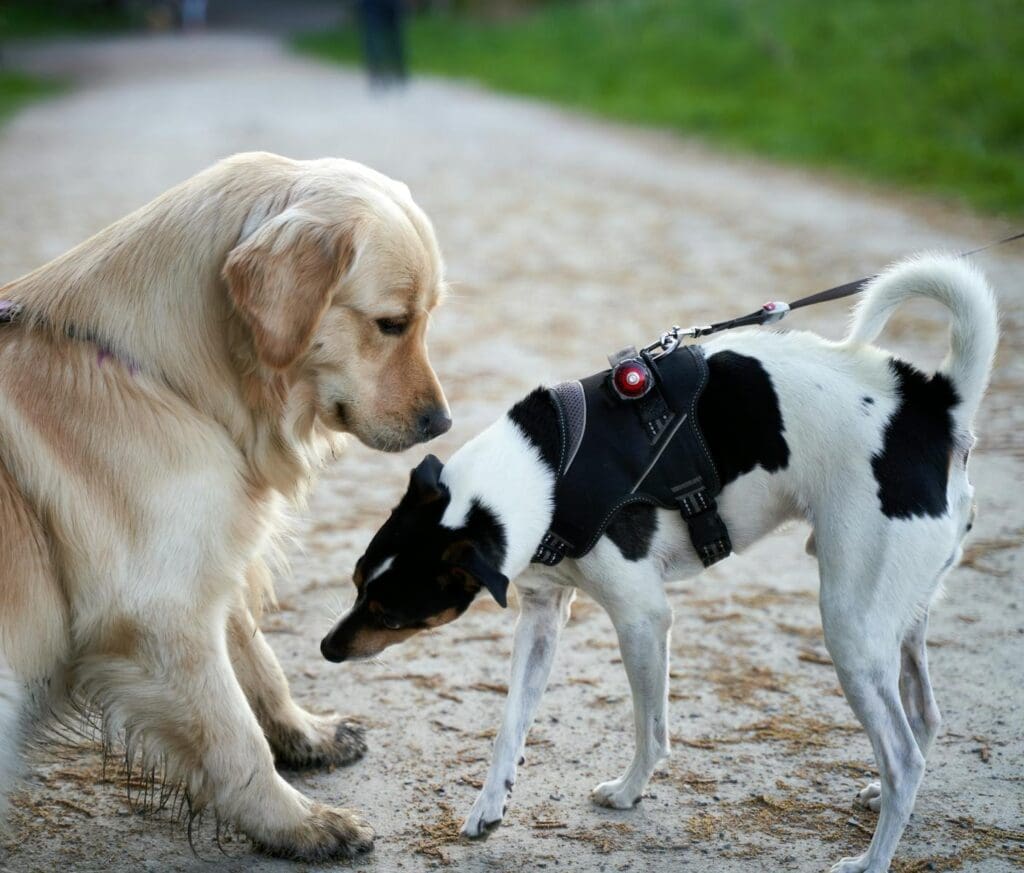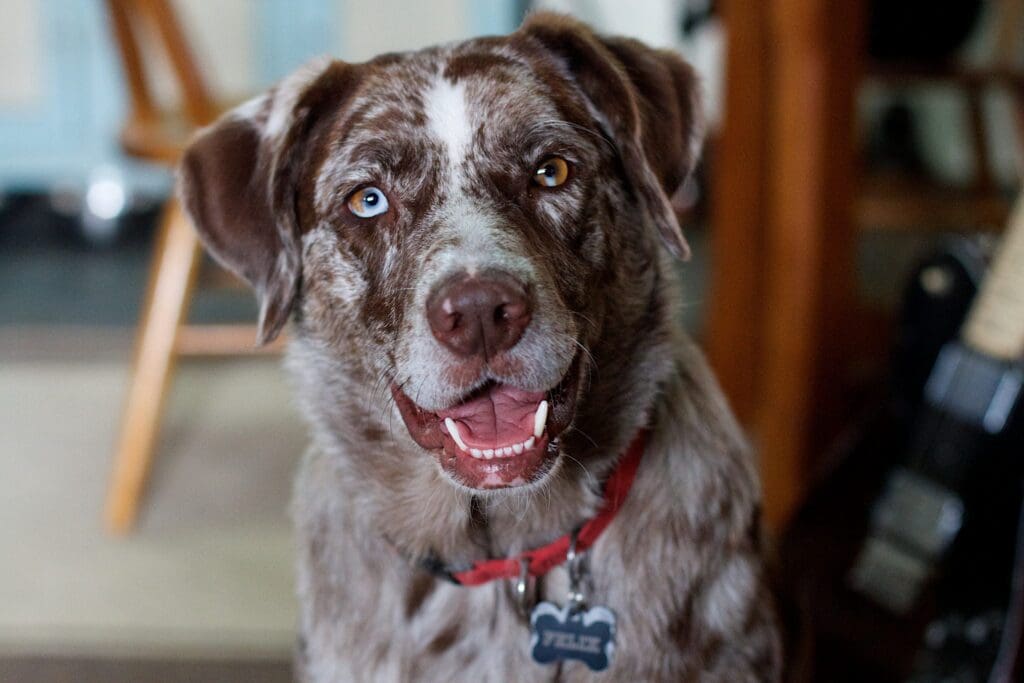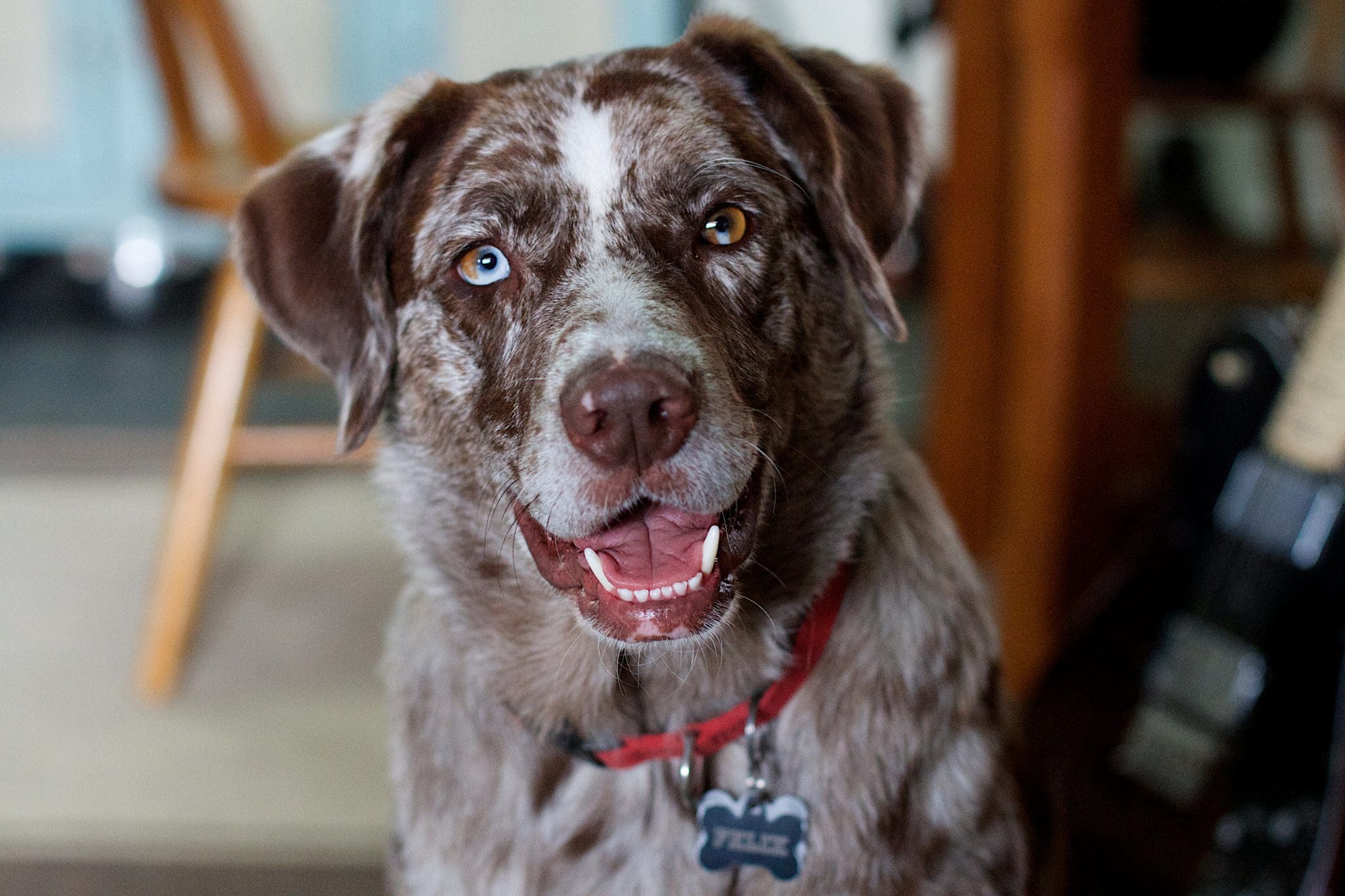Dogs are more than just loyal companions—they’re also the subject of countless myths and misconceptions that can lead to confusion about their health, behavior, and care. From the truth about tail wags to the real story behind “aggressive” breeds, separating fact from fiction is key to being a responsible pet owner.
This article uncovers ten of the most common dog myths, debunking them with expert insights and research so you can better understand and care for your four-legged friend.
10. Dogs can digest some human foods

While dogs shouldn’t eat all human foods, they can safely digest many. Fresh, whole ingredients like lean meats, vegetables, and some fruits can be beneficial for dogs when properly prepared. However, certain human foods remain toxic to dogs, such as chocolate, grapes, and onions. Always consult your vet before introducing new foods to your dog’s diet.
9. Raw meat diets are best for dogs

While some claim raw diets are more natural, veterinary experts warn of significant health risks. Raw meat can harbor dangerous bacteria like Salmonella and E. coli, potentially harming both dogs and their owners. Additionally, raw diets may lack essential nutrients, leading to nutritional imbalances. Consult your vet for safe, balanced feeding options.
8. Grain-free diets are healthier for dogs

Contrary to popular belief, grain-free diets are not necessarily healthier for dogs and may even be harmful. Recent studies have linked grain-free diets to an increased risk of dilated cardiomyopathy (DCM) in dogs. Unless your dog has a specific grain allergy, there’s no need to avoid grains in their diet. Always consult your veterinarian before making significant changes to your dog’s food.
7. Dogs wag their tails only when they’re happy

Tail wagging isn’t always a sign of happiness. Dogs use tail movements to communicate various emotions, including fear, anxiety, or aggression. The position, speed, and direction of the wag can convey different messages. For example, a tail held high and wagging rapidly might indicate alertness or potential aggression, not just joy.
6. You can’t teach an old dog new tricks

Contrary to popular belief, older dogs can indeed learn new tricks. While puppies may pick up commands more quickly, adult dogs often have better focus and concentration, making them excellent students. With patience, consistency, and positive reinforcement, dogs of any age can master new behaviors and skills.
5. Dogs eat grass when they have an upset stomach

Contrary to popular belief, dogs don’t necessarily eat grass to soothe an upset stomach or induce vomiting. Studies show that less than 25% of dogs vomit after eating grass, and only 10% show signs of illness beforehand. Most dogs likely eat grass because they enjoy the taste or texture, or due to instinctive behavior inherited from their wild ancestors.
4. One human year equals seven dog years

The “multiply by 7” rule for dog years is outdated. Research shows dogs age rapidly in their first year, equivalent to 30 human years. A 4-year-old dog is similar to a 52-year-old human. Aging slows after 7 years. Scientists now use a more complex formula based on DNA methylation patterns to accurately calculate canine age.
3. Dogs only see in black and white

Dogs actually have dichromatic vision, allowing them to perceive shades of blue and yellow. While they can’t distinguish between red and green, their color perception is far from black and white. Dogs have evolved to see well in both daytime and nighttime conditions, with superior motion detection and low-light vision compared to humans.
Related: 10 Puppy Health Issues You Need to Know Before It’s Too Late
2. A warm, dry nose doesn’t always mean illness

A dog’s nose temperature and moisture can vary throughout the day due to factors like weather, activity, or hydration. While a cold, wet nose is typical, a warm, dry nose alone doesn’t indicate sickness. Look for other symptoms like lethargy or appetite changes to assess your dog’s health accurately.
Related: 10 Alarming Clues Your Dog Could Be Sick and What to Do
1. Dogs have clean mouths

Contrary to popular belief, dogs’ mouths aren’t cleaner than humans’. Both contain diverse bacteria, with about 15% overlap. Dogs’ saliva has some antibacterial properties, but their mouths can harbor harmful microbes from licking unsanitary surfaces. Regular dental care is crucial for canine oral health.
Related: Top 10 Dog Breeds That Crave Your Attention Like Crazy






